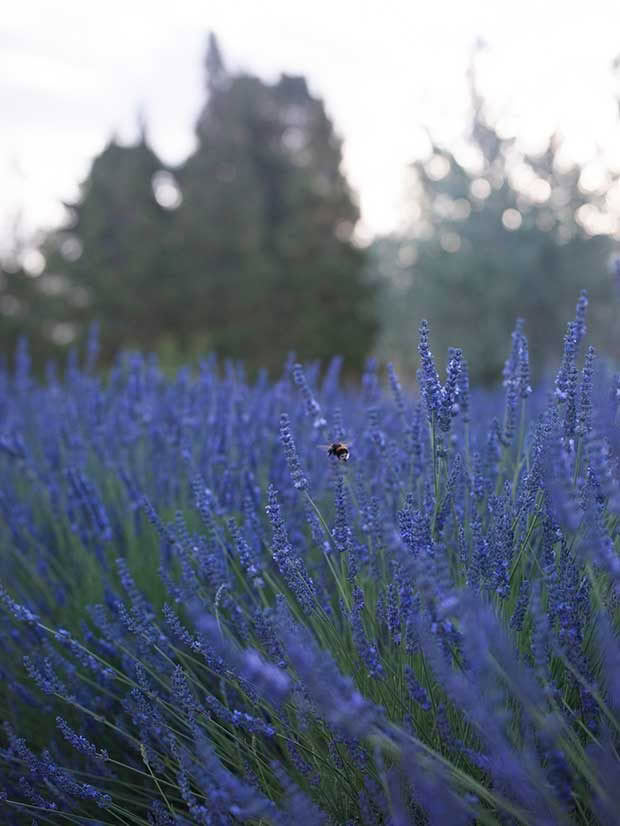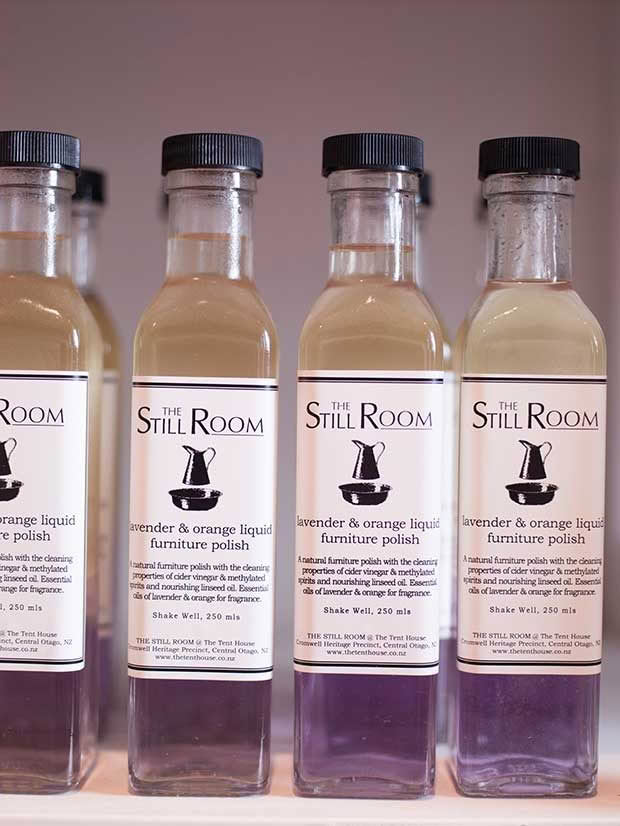How to profit from a lavender crop

The bigger the patch, the bigger the investment.
Words: Cheree Morrison Photos: Rachael McKenna
1. DON’T TAKE TOO MANY RISKS
Be careful about the climate you are planting into. Lavender loves well-drained, alkaline soil and lots of sunlight. It is considered drought-resistant, although drought can stress the plant and affect the quality of oil, and it can withstand cold winters. Start with a small crop and check the oil early on for quality.
2. CHOOSE THE RIGHT VARIETALS
Lavandula x intermedia ‘Grosso’ is best for creating products as it has a good fragrance and produces plenty of oil. It’s well known and lovely-looking, with a compact, round shape and big flowers. Karen Rhind also cultivates Pacific Blue, a varietal of Lavandula angustifolia or English lavender, on a lesser scale. Pacific Blue is earlier flowering with a shorter stem than the Grosso. It produces less oil but has a sweet, pure smell.
3. PLAN YOUR PATCH CAREFULLY
Karen’s lavender is grown on just over an acre split between two locations. She says this allows her to play on a small scale and to make an income while keeping the balance between a job she loves and a full time commitment. The bigger the patch, the more money, time and energy that needs to be invested.
4. DECIDE WHAT YOU WANT TO DO WITH YOUR OIL
It’s an expensive process to distill lavender so you need to get the most value out of it. Producing wholesale oil is extremely costly, whereas producing lavender products using less oil and can create more profit.
Soap is one of the more oil-rich products you can make, with about 60ml of essential oil per batch of 32 bars. Karen recommends talking to people and finding out their experience selling oil or products before making a decision.

5. INVEST IN GOOD MARKETING
If you’re going to invest money and a lot of hard work, a good brand and packaging is essential for the product to sell. Karen says she’s not a natural salesperson and she has needed good marketing to grow the business.
She says don’t expect success overnight – her range started when she had babies and grew organically as customers began to return. It’s a time investment rather than a financial one, but if you are chasing quick money, it’s the wrong career.
“2017 was the first I’ve remained open year-round. Before then I worked pruning and landscaping to help supplement my income.”
READ MORE
Karen Rhind transformed bare dry pasture into a successful lavender business in Central Otago
This patented pint-sized lavender plant has fans all around the world
Love this story? Subscribe now!
 This article first appeared in NZ Lifestyle Block Magazine.
This article first appeared in NZ Lifestyle Block Magazine.
